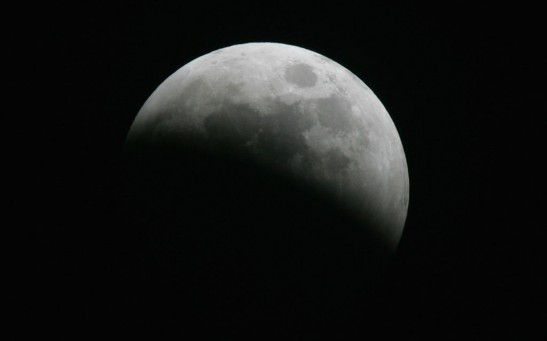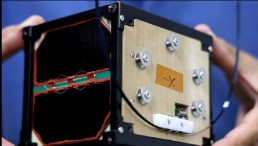space
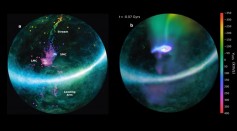
Mystery of Magellanic Stream in the Milky Way, Finally Revealed

New Study Suggests the Possibility of Life in Stars
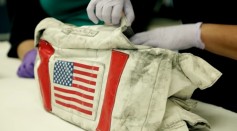
Spring Cleaning on the Moon: Scientists Develop Lunar Dustbuster
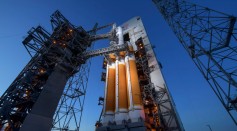
ULA Scrubs Delta IV Heavy Rocket Mission NROL-44
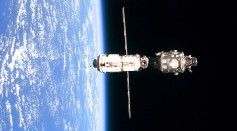
The 9th ISS R&D Conference is Opening This Week

WATCH: NASA’s Guide to Near-Light-Speed Interstellar Travel
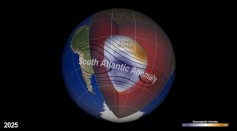
There's a Dent in Earth's Magnetic Field, What Could This Mean for Satellites?
NASA's THEMIS Mission Provides First Strong Evidence Explaining Mysteries of Auroras

Space Salsa is Here to Spice Up Spaceflight for Astronauts
Spacepower is a New Military Might, According to the US Space Force Doctrine

UK's First Commercial Rocket Launch Is Set to Lift off From the Shetland Islands in 2021
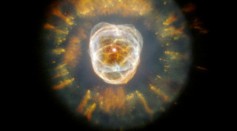
NASA to Remove “Insensitive” and “Harmful” Names

Gigantic Wave of Poisonous Tsunami Captured Crossing Across Venus
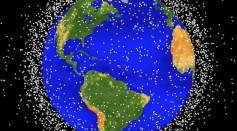
Space Junk May Now Be Monitored, Even During the Day
Most Popular

How Technology Is Changing the Real Estate Industry?

Optimizing Complex Catalog Systems with Graph Theory and Indexing

Nikolay Karpenko Biography, Photo, Career, Accomplishments

Newly Discovered Mammal 'Heleocola piceanus' Was a Swamp Dweller Coexisting With Dinosaurs

